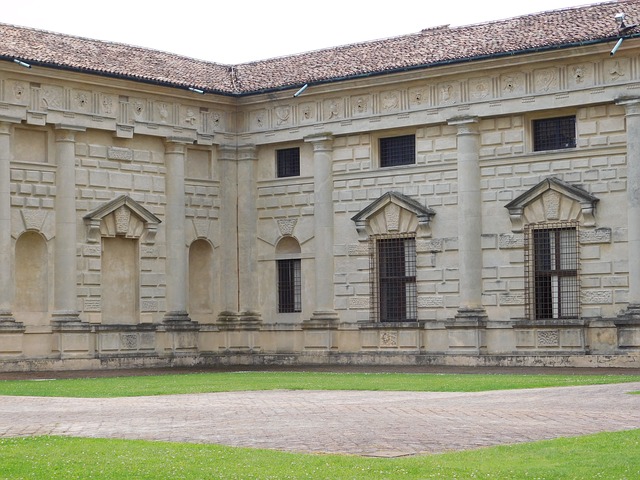
Palazzo Te – The cave of the Secret Garden
Palazzo Te is one of Mantua’s most famous buildings and appreciated by tourists. Surrounded by the trees of the gardens, it appears almost as if by magic as it must have been for those who approached it in the past, leaving the walls of Mantua and crossing the bridge that connected the Te island to the city. The building is a villa dedicated to Federico II Gonzaga, built in just 10 years by Giulio Romano and his workshop and still splendidly preserved. With a cycle of frescoes unique in the world.
But why is it called that?
The origin of the name is clearly not derived in any way from the English national drink. But then where does this appellation come from? There are only a few hypotheses in this regard. One of the most accredited hypothesis dates back the name to the T formed by two roads that crossed in the center of the island where the Palace was built. The other hypotheses make reference to the fact that Te is a contraction of “Tejetum”, a term used in the past for this location. In the meantime the name continues to grant the palace an aura of mystery.
Among the most characteristic corners of this place there is undoubtedly the cave of the Secret Garden. This is one of the details that most attract visitors who come to the garden, on the left side of the exedra.
The cave dates back to a period after the construction of Palazzo Te. Proof of this is the fact that the first mention of it is found in a document dated 1595. This strange environment is to be attributed to the will and imagination of Duke Vincenzo I Gonzaga, whose enterprises can be seen inside the niches. The environment has suffered heavy damage with the removal of the shells that adorned the walls, along with rock concretions and mosaics, and with the disappearance of water games that surprised visitors.
Did you like this curiosity? If you want to discover the secrets, legends and monuments of Italy, download the app of curiosities. Download Secret Maps!
And if you want to listen to something interesting, try the first Travel Podcast Platform. Try Loquis!

